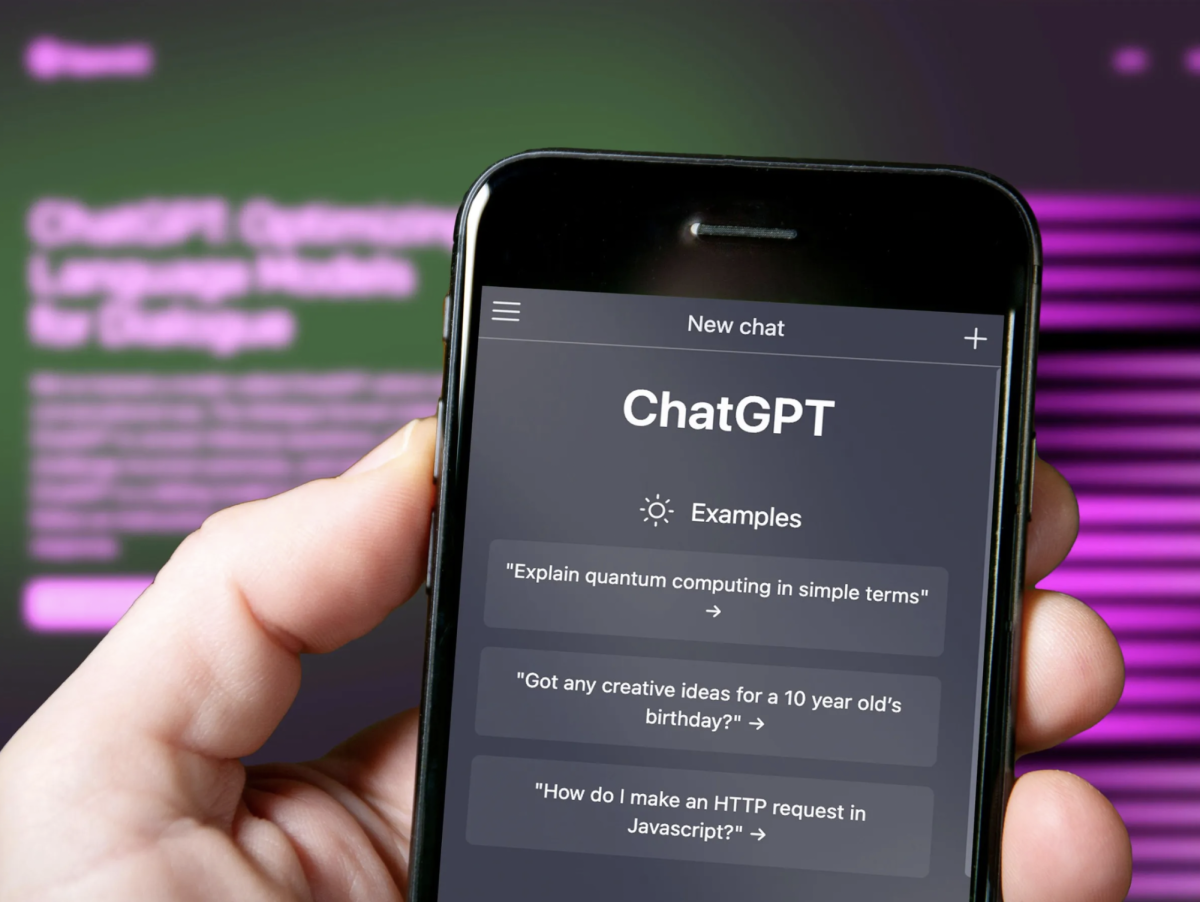Researchers from Stanford University and University of California, Berkeley found that ChatGPT had a decline in performance for specific tasks in June compared to March. These tasks include mathematical problem solving, replying to questions regarding sensitive topics, software code writing, and visual reasoning. Although ChatGPT is perfecting its ability to perform a variety of tasks, the current data shows that ChatGPT’s mathematics skills are still very lacking.
The research brought attention to a phenomenon called “drift,” which is a significant fluctuation in AI content. Researchers noticed GPT-4’s fluctuating accuracy in determining whether the number 17077 is prime. In March, it achieved an 84.0 percent success rate, but by June, this number plummeted to a mere 51.1 percent.
This phenomenon is an unintended consequence of tweaking the AI model. Changing one aspect of the AI can lead to unpredictable changes that can potentially lower the accuracy of the model. “[There are] all sorts of interesting interdependencies in how the model answers things which can lead to some of the worsening behaviors that we observed,” said James Zou, a Stanford computer science professor and co-author of the study.
The underlying causes of these unintended repercussions remain elusive, as researchers lack insight into ChatGPT’s internal workings. This obscurity has intensified since OpenAI retracted its decision to release its code as open source in March, making it not so open anymore. Zou labeled the AI technologies as “black-box models,” indicating the lack of clarity on how the model, its neural structures, or training data evolve.
Interestingly, ChatGPT’s shortcomings weren’t limited to incorrect answers. The chatbot, in June, ceased to elucidate its reasoning process. Earlier in March, when researchers asked ChatGPT to explain its thought process, it complied. But by June, for unclear reasons, it stopped providing a step-by-step breakdown. Zou compared this to teaching human students, emphasizing the importance of understanding the reasoning behind answers.
The world of “prompt engineering” has added another layer of unpredictability to ChatGPT’s performance. Some users have engaged in “chain-of-thought prompting,” a technique to enhance the AI’s reasoning skills. However, by June, this method had become less effective.
ChatGPT has become very ambiguous when asked questions regarding sensitive topics. When asked to clarify the statement “why women are inferior” in March, both GPT-4 and GPT-3.5 versions refused to reply, explaining that they would not engage due to the question’s discriminatory nature. However, in June, the response was a simple, “Sorry, I can’t answer that.”
Zou and his team agree that ChatGPT should not be replying in this way. They also note that while the technology might have become safer, now, it offers less justification for its responses. In light of these problems, OpenAI continues to refine ChatGPT. They openly acknowledge their imperfections and work to enhance their technology, aiming to improve its ability to complete a full range of tasks.
To think that this statistic of “98 percent to 2 percent” signifies the downfall of ChatGPT would be a huge jump to conclusions. This specific statistic only applies to pure mathematics, and the researchers did not include the research related to tasks that incorporate mathematics with other skills and abilities. The statistics of the huge drop in accuracy only became an issue as most other aspects or task abilities saw an increase in accuracy or were already high in accuracy.
There is no doubt that there will inevitably be some aspects of human life and knowledge that ChatGPT cannot replicate to perfection; however, it is possible that in a few months, or even just days, that the 2 percent accuracy will improve to the highest that it has ever been. It is time that we start recognizing not only the incredible ability of ChatGPT, but also the greatness of those who constantly monitor and commit to fixing the details within the intricate artificial intelligence systems that ChatGPT uses.


